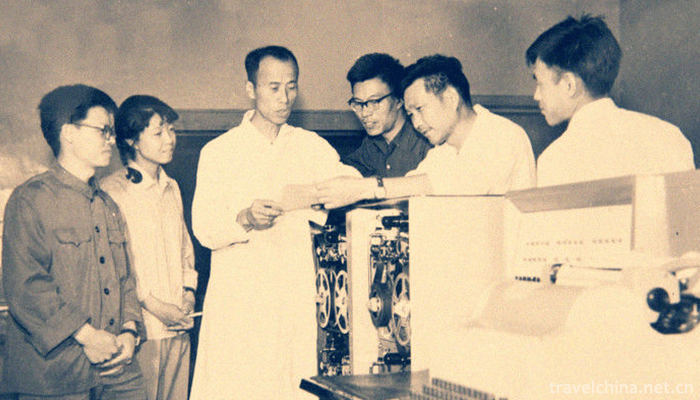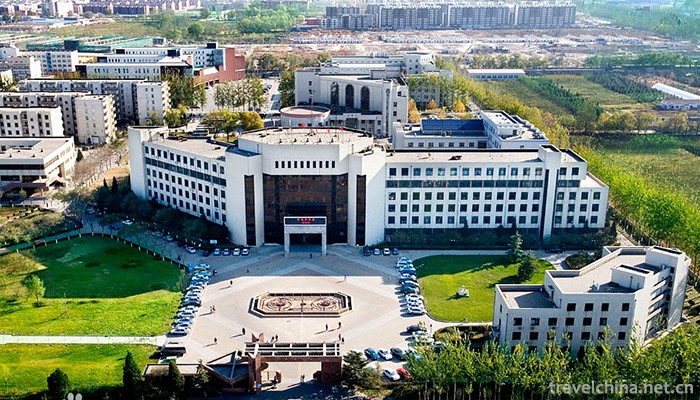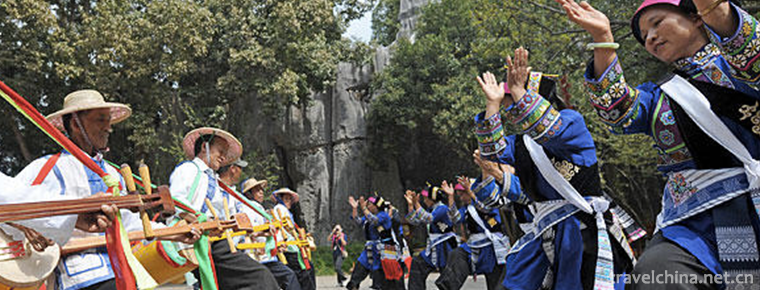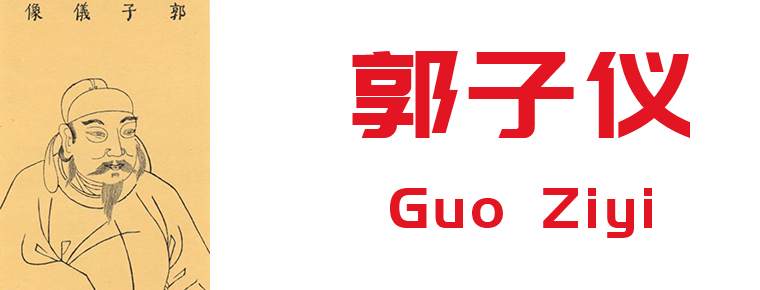North China Electric Power University
North China Electric Power University
North China Electric Power University is a national key university directly under the Ministry of Education. It is a key construction University of "211 Project" and "985 Project Advantage Discipline Platform". In 2017, the school entered the ranks of national "double-first-class" construction universities, focusing on the construction of energy and power science and engineering disciplines, and comprehensively opened a new journey to build world-class disciplines and high-level research universities.
The school was founded in Beijing in 1958, formerly known as Beijing Electric Power College. The school has long been under the management of the state power department. In 2003, the school was transferred to the Ministry of Education. It is now managed by State Grid Co., Ltd., China Southern Grid Co., Ltd., China Huaneng Group Co., Ltd., China Datang Group Co., Ltd., China Huadian Group Co., Ltd., China Energy Investment Group Co., Ltd., State Electric Power Investment Group Co., Ltd., and China President. Jiangsanxia Group Co., Ltd., China Guangkai Group Co., Ltd., China Electric Power Construction Group Co., Ltd., China Energy Construction Group Co., Ltd., Guangdong Energy Group Co., Ltd. and 12 large-scale power groups and the Council of China Electric Power Enterprises Federation are jointly established with the Ministry of Education. The school's headquarters is located in Beijing, with separate Baoding campuses and integrated management between the two places. The school has nearly 3,000 faculty members, more than 20,000 full-time undergraduates and nearly 10,000 graduate students. The school covers an area of more than 1600 mu and has a building area of more than 1 million square meters.
Over the past 60 years, the school has been carrying the historical mission of training high-quality talents for the national energy and power industry and promoting scientific and technological progress. After entering the new century, the school has carried out the policy of "establishing a school by disciplines, strengthening schools by talents, developing schools by scientific research and developing schools with characteristics", seized the opportunities and achieved rapid development by leaps and bounds.
The school has the College of Electrical and Electronic Engineering, the College of Energy Power and Mechanical Engineering, the College of Control and Computer Engineering, the College of Economics and Management, the College of Environmental Science and Engineering, the College of Renewable Energy, the College of Nuclear Science and Engineering, the College of Mathematics and Sciences, the College of Humanities and Social Sciences, the College of Foreign Languages and Marxist Studies. College and other eleven universities, 59 undergraduate majors. It has two national key disciplines of "Power System and Automation" and "Thermal Energy Engineering" and 25 provincial and ministerial key disciplines. In the fourth round of discipline evaluation, electrical engineering, power engineering and Engineering Thermophysics are ranked in A and A respectively; "Engineering", "Environment/Ecology", "Materials Science" and "Chemistry". Five disciplines of "social science" and "Engineering" are in the top 1% of ESI, among which "Engineering" is in the top 100; there are five post doctoral research flow stations, seven first level discipline authorization points of doctor's degree, 23 first level discipline authorization points of master's degree and nine specialties such as master of engineering, master of business administration and master of public management. The types of degree authorization have formed a complete education system for training undergraduates, masters and doctorates.
The school has an aggressive, high-quality and well-structured team of high-level teachers. There are currently 2 academicians, 7 double-hired academicians, 6 candidates for the National Thousand-Person Program, 2 candidates for the National Thousand-Person Program Youth Program, 6 candidates for the National High-Level Talents Special Support Program, 5 candidates for 973 Chief Scientists, 1 national famous teaching teacher, 2 national model teachers and excellent teachers. Six persons, nine recipients of the National Outstanding Youth Science Fund, three specially appointed professors of "Yangtze River Scholars", eight national "Millions of Talents Project", five experts with outstanding contributions from the state, seven participants of the 100-person Program of the Chinese Academy of Sciences, 38 participants in the "New Century Excellent Talents Support Program" of the Ministry of Education, and four teams are included in the Ministry of Education.“ Changjiang Scholars and Innovation Team Development Plan.
The school regards talent training as its central task and has formed the characteristics of "strong foundation, practice, ability and innovation". It has become the first batch of "Excellent Engineer Education and Training Plan" implemented by the Ministry of Education, and initiated the establishment of "Coalition of Schools and Enterprises for Excellent Engineer Training in Electric Power Industry". There are 7 national open courses, 2 National Teaching teams, 1 national teaching teacher, 11 national characteristic specialties, 4 national strategic emerging industries related specialties, 3 National Experimental Teaching Demonstration centers, 3 National Engineering Practice Education centers, and 3 National virtual simulation experimental teaching. Xin, a national innovative experimental area of talent training mode.
The school actively participates in the construction of national innovation system and has made great achievements in new energy power generation, ultra-high voltage, smart grid, efficient and clean coal-fired power generation technology, nuclear power technology and other important fields. There are currently three national science and technology innovation platforms, one national international science and technology cooperation base, and six academic innovation bases in Colleges and universities. As well as 28 provincial and ministerial science and technology platforms and research bases, the school has been selected as the national innovative talents training demonstration base. Since the Tenth Five-Year Plan, it has undertaken more than 3300 vertical projects such as national key R&D plans, major national science and technology projects, "973", "863", "National Science and Technology Support Plan", and National Natural Science Foundation. It has won more than 400 national and provincial science and technology progress awards. With the rapid growth of scientific research funds, the three major international search rankings of scientific and technological papers rank first among the universities directly under the Ministry of Education.
Relying on the platform of University council, the university has continuously deepened the cooperation between industry, University and research institutes, reached strategic cooperation with more than 100 large energy and power enterprises at home and abroad, jointly undertook major R&D projects, accelerated the development and industrialization of scientific and technological achievements, and twice successively won the "State Grid Corporation UHV AC (DC) current test demonstration project special." "Contributing Unit". The school has constructed a multi-faceted cooperation platform between government, industry, University and research institutes, signed framework cooperation agreements with more than 20 local governments, deepened exchanges and cooperation around strategic emerging industries, and achieved remarkable results in promoting regional scientific and technological innovation and promoting local economic development. The school actively promotes inter-school cooperation as a whole. The main sponsors participate in the formation of the Beijing University of Higher Technology alliance to realize the sharing and complementarity of superior resources among universities and promote collaborative innovation among universities.
The school has made every effort to promote the process of international running schools, carried out substantive exchanges and cooperation with more than 140 internationally renowned universities and research institutes, achieved credit mutual recognition with partner universities, and carried out student exchanges, scientific research cooperation, expert visits and other projects. Actively implementing the national "one belt and one way" initiative, taking the initiative to undertake the national diplomatic task, undertaking the Ministry of Commerce and the Ministry of science and technology many national aid training projects, signing the memorandum of cooperation with the 15 overseas universities of Russia and Moscow Power Institute, and promoting cooperation with Germany's Hessian state - China. The Center has jointly established the China-Europe Renewable Energy Innovation Center; the China-Mongolia Renewable Energy Innovation Center has been established with the Mongolian University of Science and Technology; as the leading Chinese institution in the direction of energy science in the University of Shanghai Cooperation Organization, it has actively promoted the work of the University of Shanghai Cooperation Organization and established the Energy Think Tank of the University of Shanghai Cooperation Organization. The Confucius Institute of West Kentucky University, established in the United States, is the largest Confucius Institute in North America. It organizes a variety of modes of Sino-foreign cooperative school-running projects, as well as joint training projects with foreign universities for overseas students and "2+2" programs, and the level of international school-running is constantly improving.
In November 2017, the Second Party Congress was held and the goal of the school for the next five years was set: the development goal of the school in the next five years is to enter the world first-class ranks of the discipline "Energy and Electricity Science and Engineering", realize the substantial transformation to research-oriented universities, and initially build a research-oriented university with distinctive characteristics and high level. On this basis, in another 10-15 years, by 2035 or so, the overall level of the discipline of "Energy and Electricity Science and Engineering" will be in the forefront of the world's first-class, and the goal of building a high-level research-oriented university with distinctive characteristics will be realized in an all-round way, laying a solid foundation for building a world-class university. It is clear that the overall development idea of the school is to adhere to the "one fundamental" principle, stick to the "two major tasks", grasp the "three orientations" and highlight the "four key points". That is, to adhere to the fundamental principle of the Party's leadership, to stick to the two major tasks of establishing morality, cultivating people and improving quality, and to grasp the three key orientations of reform, innovation, characteristic development and open school-running. Highlighting the four key points of discipline construction, team building, scientific and technological innovation and cultural construction will promote the overall level of the school.
Standing at the new starting point of carrying forward the past and opening up the future, facing the prosperous new era, the school will take Xi Jinping's new era of Chinese characteristic thought and the spirit of the Nineteenth National Congress of the Party as the guide, carry out the spirit of the National Education Congress in depth, follow the "nine perseverances" as the fundamental principle, and accelerate the construction of "double first-class" characteristics and high quality. We will strive to train socialist builders and successors with all-round development of morality, intelligence, physical fitness, beauty and labor, and write Huadian's "enterprising pen" in the process of higher education reform and development. We will strive to build our university into a high-level research university with distinctive characteristics as soon as possible. To achieve the great rejuvenation of the Chinese nation's Chinese dream, China Telecom continues to make new and greater contributions!



North China Electric Power University
-
Eight Zhai ditch
Bazhaigou, located in Dongli Village, Guitai Town, the hinterland of 100,000 mountains, more than 50 kilometers northwest of Qinbei District, Qinzhou, Guangxi Zhuang Autonomous Region
Views: 114 Time 2018-12-24 -
Xigaosong Scenic Spot
Xiqiaosong Scenic Area is located at the foot of Tianjing Mountain, 13 kilometers west of Chengxian County, in the middle of Yuqiaoxia, a national AAAA-level tourist attraction
Views: 207 Time 2019-02-25 -
Ancient Town of Yi Nationality
The ancient town of Yi people is located in the north of Yongan Avenue, the west of Sun Li Park, the east of Longchuan River and the south of Chuda Expressway in Chuxiong Economic and Technological De
Views: 219 Time 2019-03-04 -
Han music in Guangdong
Guangdong Han music is an ancient music of the Central Plains brought about by Hakka ancestors when they moved southward more than 1,000 years ago.
Views: 179 Time 2019-05-01 -
Kazakh Kubuzi
Kubuzi is the representative of Kazakh's playing instruments. Chinese is also translated into Hobbes, Hobbes, Kibbs and so on. Kubuzi structure is simple and beautiful, used for solo, ensemble or acco
Views: 146 Time 2019-05-02 -
Huatuo Wuqin Opera
Huatuo Wuqin Opera is a set of guiding techniques compiled by Huatuo, a famous physician in the late Eastern Han Dynasty, according to the principles of traditional Chinese medicine,
Views: 110 Time 2019-05-04 -
Leting drum
Music Pavilion Drum is a representative form of traditional music drum book and drum music in northern China. It is widely spread in eastern Hebei, Beijing, Tianjin and northeastern Liaoning, Jilin, H
Views: 300 Time 2019-05-11 -
Firing Techniques of Yaozhou Kiln Ceramics
Yaozhou kiln is a treasure of Chinese traditional ceramic technology. It was created in the Tang Dynasty and matured in the Five Dynasties. It reached its peak in the Song Dynasty and declined gradual
Views: 189 Time 2019-07-11 -
Trichord Dance of Yi Nationality
Trichord dance of the Yi nationality is a folk dance handed down from generation to generation by the people of the Yi nationality. Different areas or different tribes of the Yi nationality have diffe
Views: 151 Time 2019-07-12 -
Tie dyeing skills
Tie-dyeing, known as Zha Val, Ge Val, Jia Val and Dye Val in ancient times, is a traditional and unique dyeing process of Chinese folk. A dyeing method in which fabrics are partially tied up so that t
Views: 166 Time 2019-07-16 -
Guo Ziyi
Guo Ziyi (697 - 781 years), Zi Zi Yi, Iowa Zheng county (now Shaanxi) Weinan city Hua Zhou District ) People. The famous Tang Dynasty Politician , Militarist
Views: 266 Time 2019-09-07 -
Cheongsam production technology
Most of the classical flag dresses have straight lines. The body is loose and the two sides are split. The bust and waist circumference are close to the size of the dress. The appearance of cheongsam is generally required to have all or part of the following characteristics:
Views: 159 Time 2020-12-11











